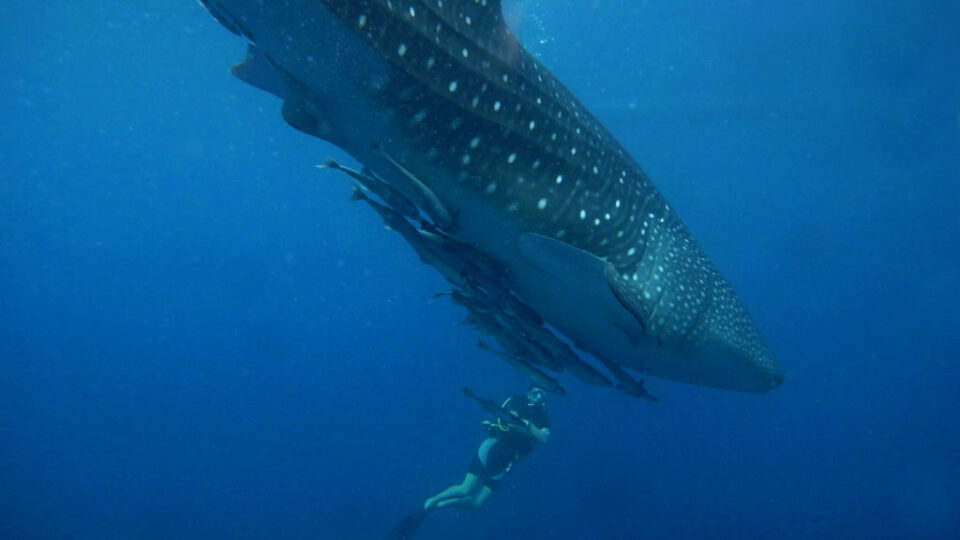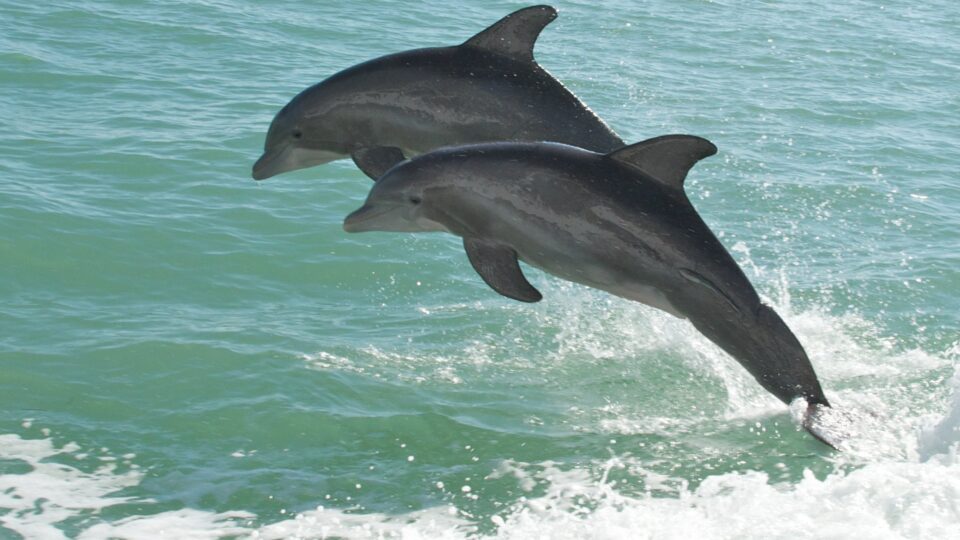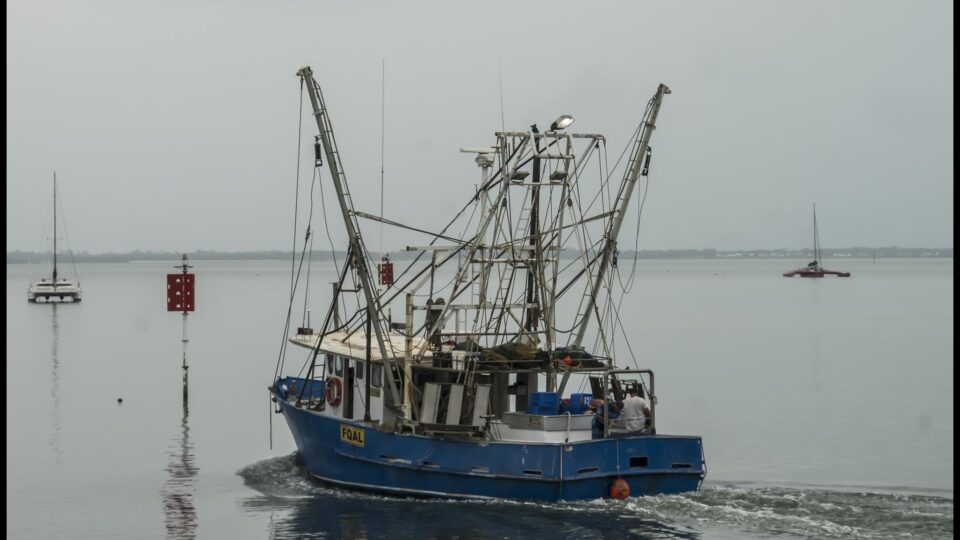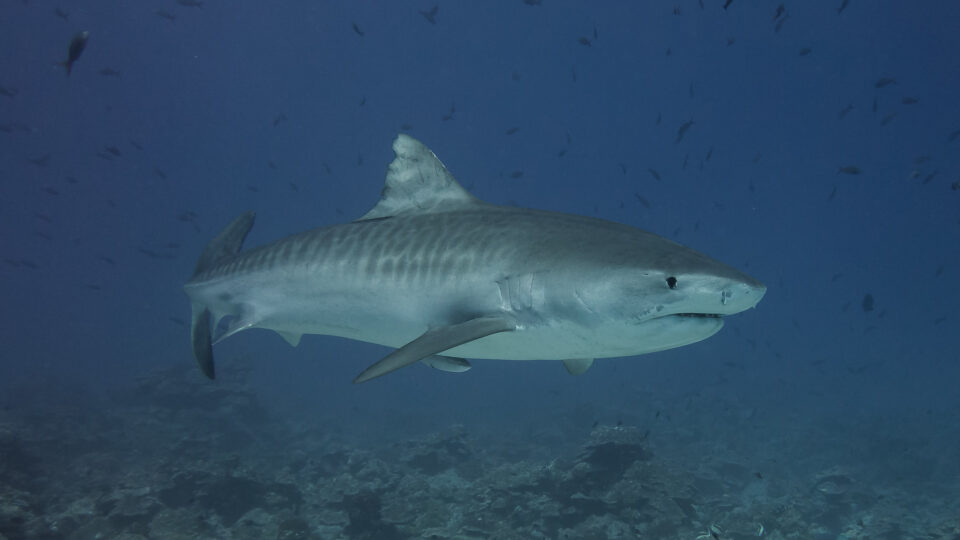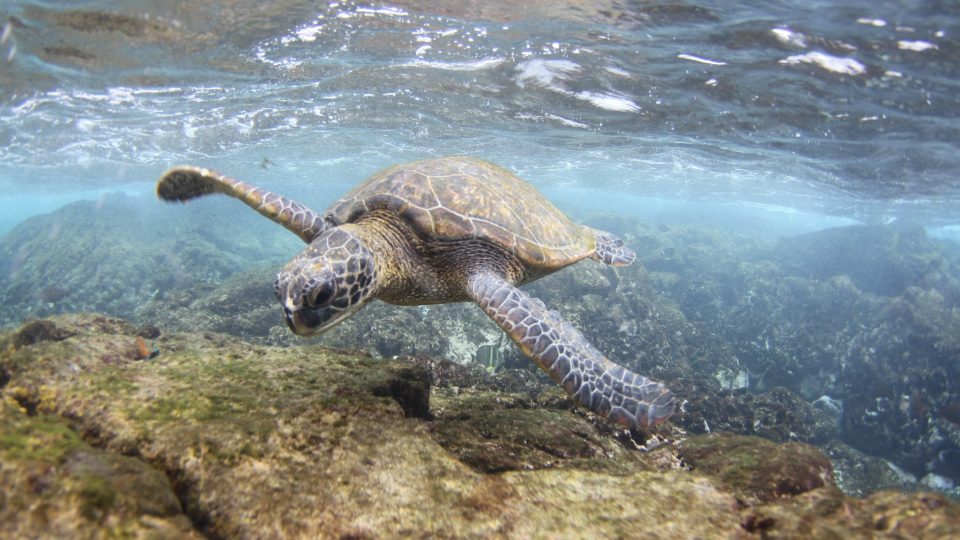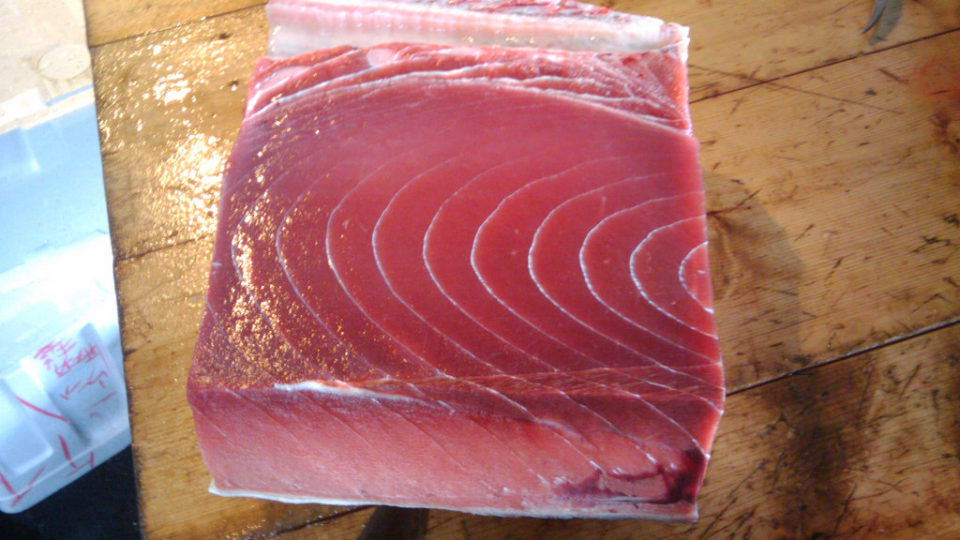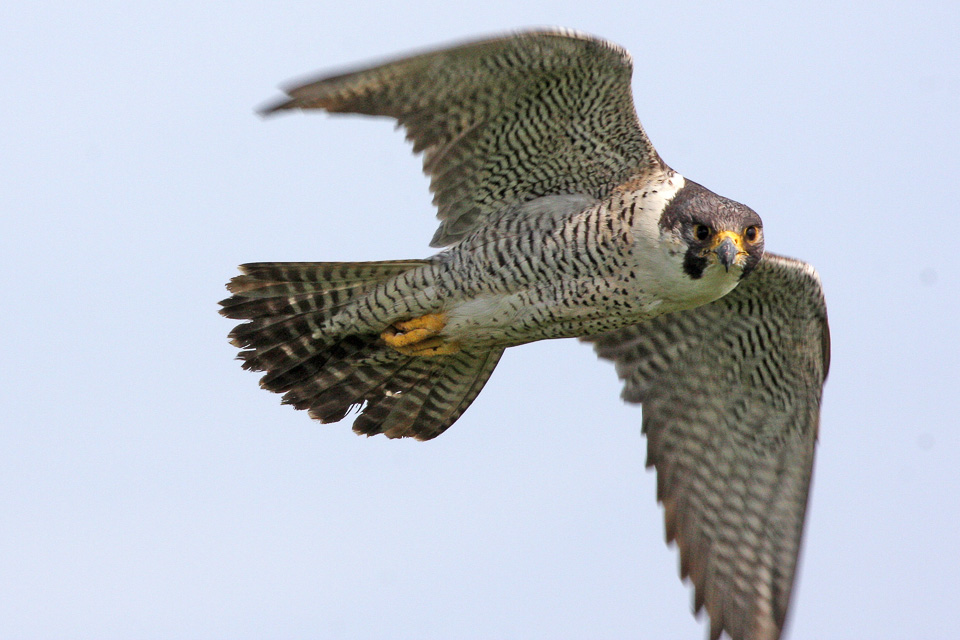Whale sharks are the largest fish in the world. While they measure up to 60 feet long and weigh up to 15 tons – larger and heavier than a school bus – whale sharks are actually harmless. They are a graceful, slow-moving, filter-feeding carpet shark. They are found in marine environments around the world and play an important role in the marine food web and healthy ocean ecosystems.
Whale sharks are an endangered species. According to the International Union for Conservation of Nature, growing human pressures are putting whale sharks at an increased risk of extinction. The numbers of these gentle giants have declined by more than 50% over the last 75 years despite many international protections. Fishing bycatch, poaching, and collisions with ships are the main drivers of the population decline.
According to new research from marine biologists from the Marine Biological Association and the University of Southampton in the U.K., lethal collisions between whale sharks and large ships are vastly underestimated, and could be the reason why populations are continuing to fall. Whale sharks spend a large amount of time in surface waters in coastal regions, and the research team theorized that collisions with ships could be causing significant whale shark deaths.
In the study, researchers tracked the global movements of both ships and whale sharks, and then mapped so-called hotspots where their movements overlapped. The research team found that more than 90% of whale shark movements fell under the footprint of shipping activity.
While many conservation measures have been taken to protect whale sharks, no international regulations currently exist to protect them from ship collisions. The researchers say it’s time for that to change.
**********
Web Links
Shipping poses significant threat to the endangered whale shark
Whale sharks (Rhincodon typus)
Global collision-risk hotspots of marine traffic and the world’s largest fish
Photo, posted July 8, 2010, courtesy of Marcel Ekker via Flickr.
Earth Wise is a production of WAMC Northeast Public Radio.
